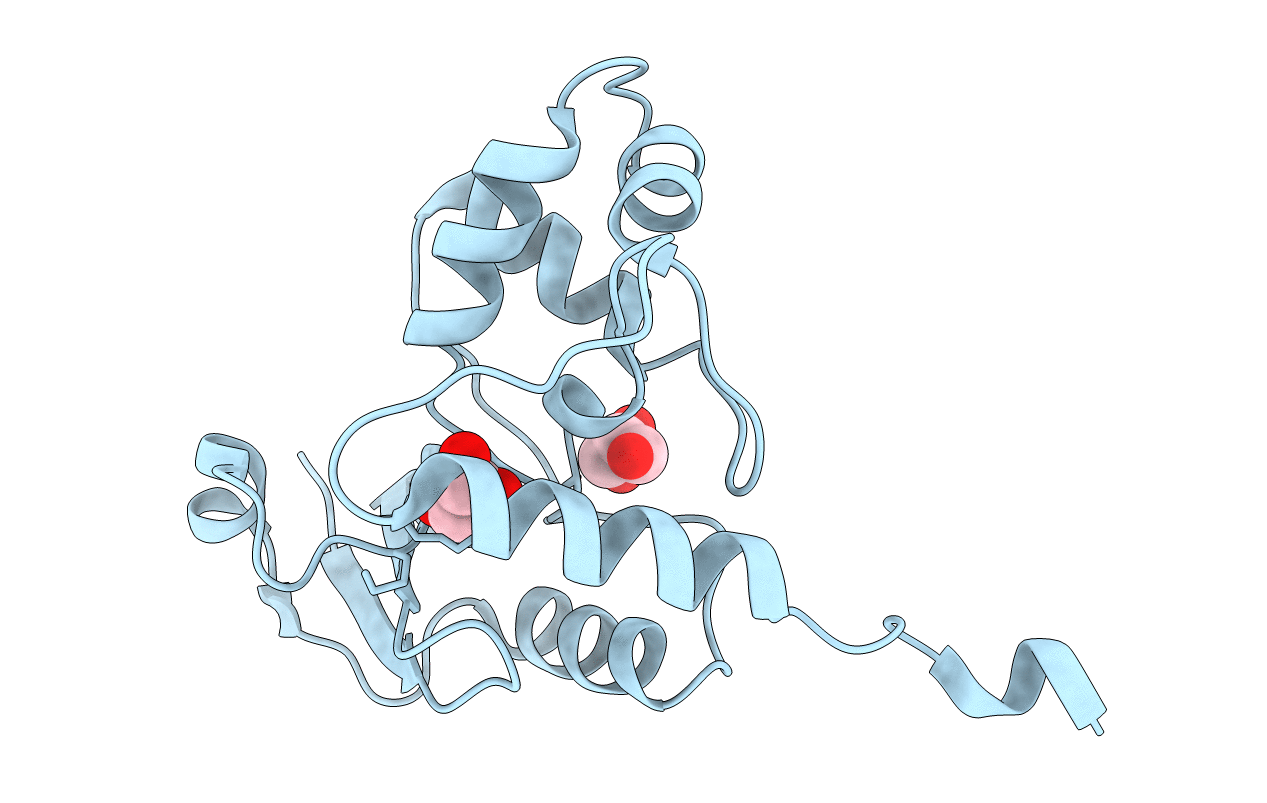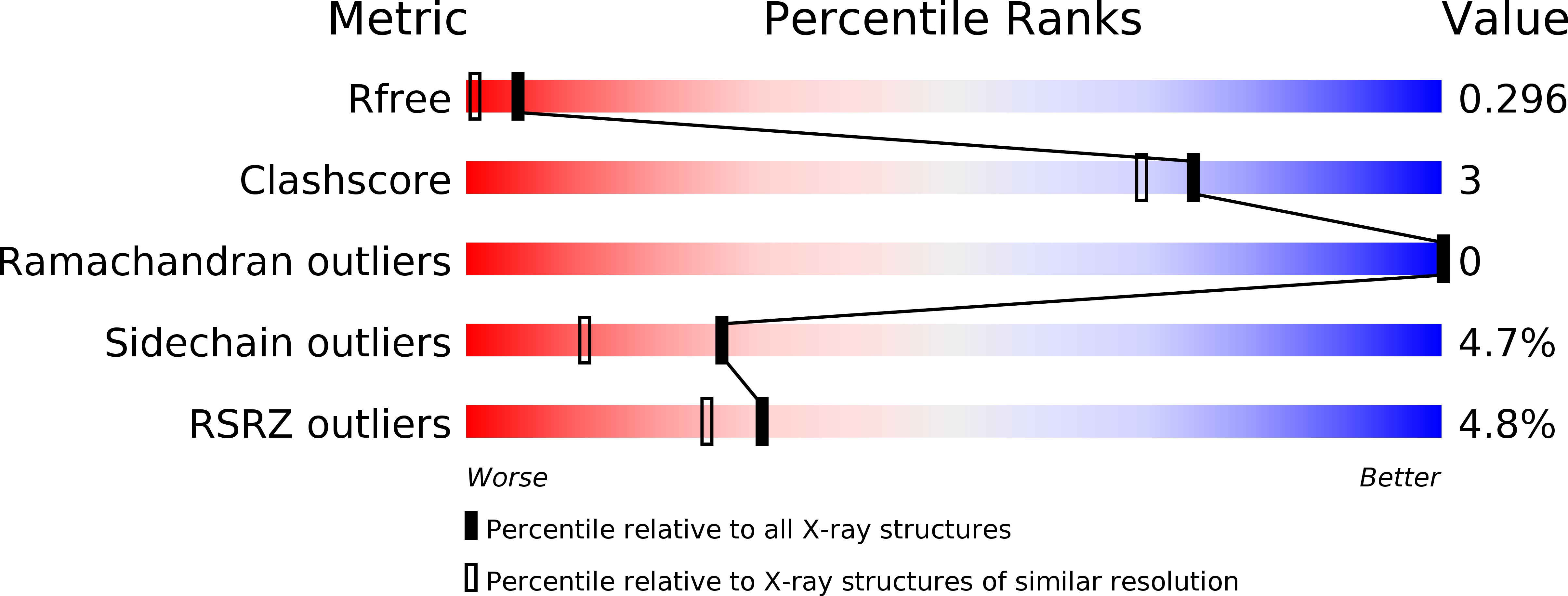
Deposition Date
2013-04-02
Release Date
2013-04-17
Last Version Date
2023-12-20
Entry Detail
PDB ID:
4BHB
Keywords:
Title:
Crystal structure of Mycobacterium tuberculosis O6-METHYLGUANINE METHYLTRANSFERASE
Biological Source:
Source Organism:
MYCOBACTERIUM TUBERCULOSIS (Taxon ID: 83332)
Host Organism:
Method Details:
Experimental Method:
Resolution:
1.80 Å
R-Value Free:
0.29
R-Value Work:
0.22
R-Value Observed:
0.22
Space Group:
P 21 21 2


